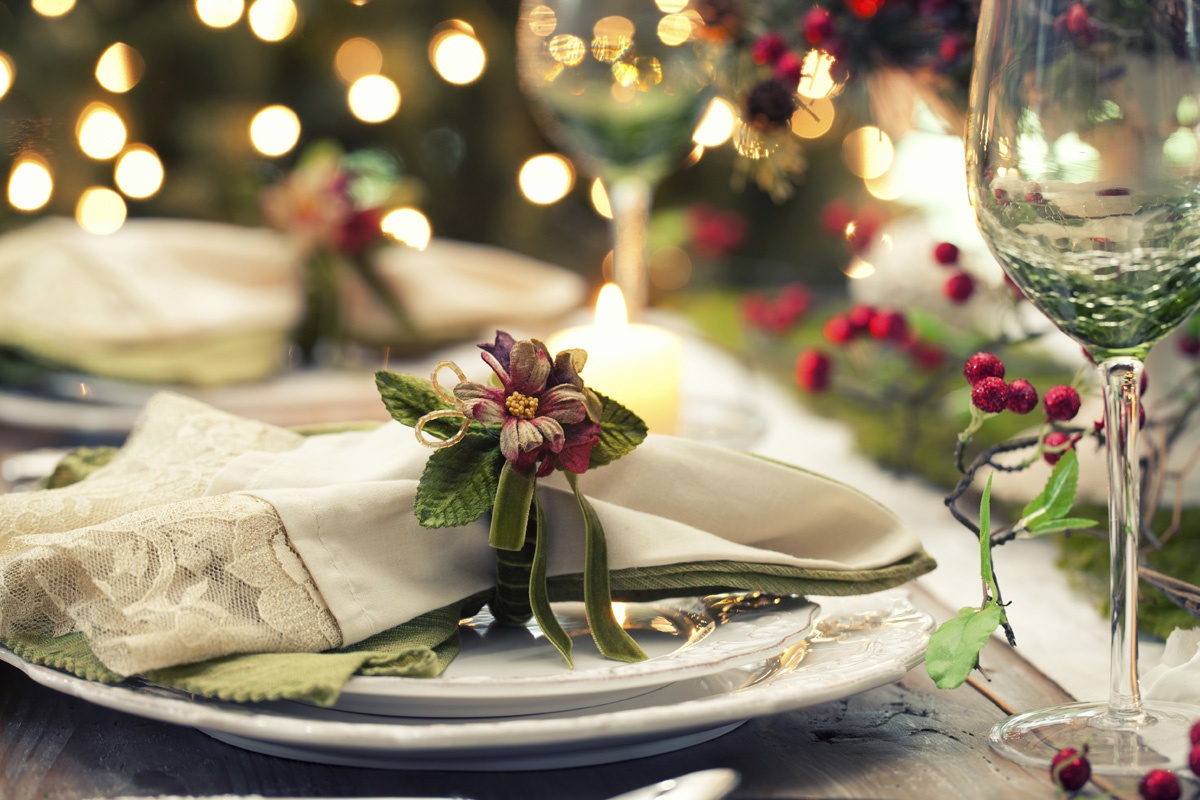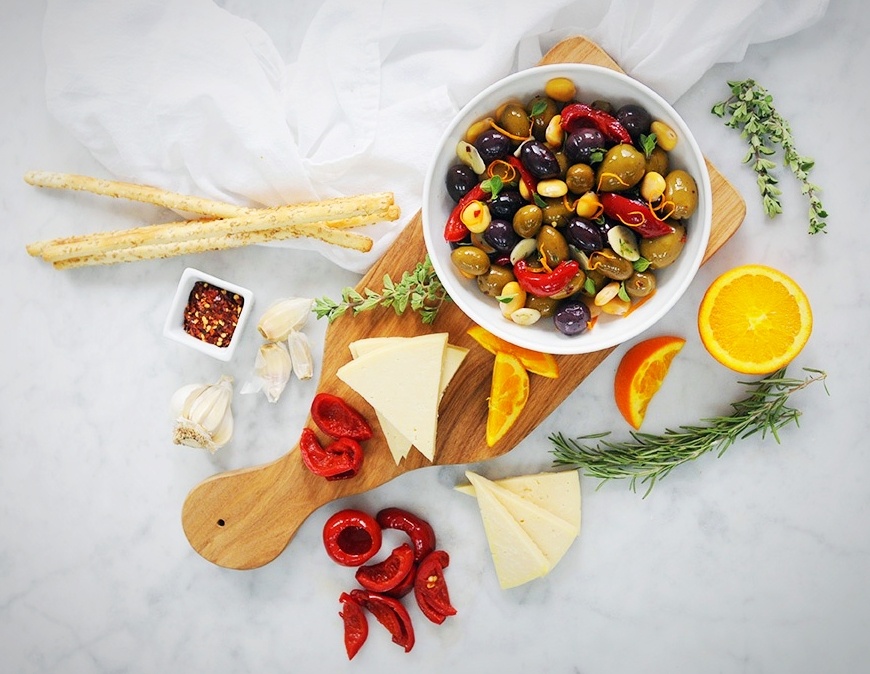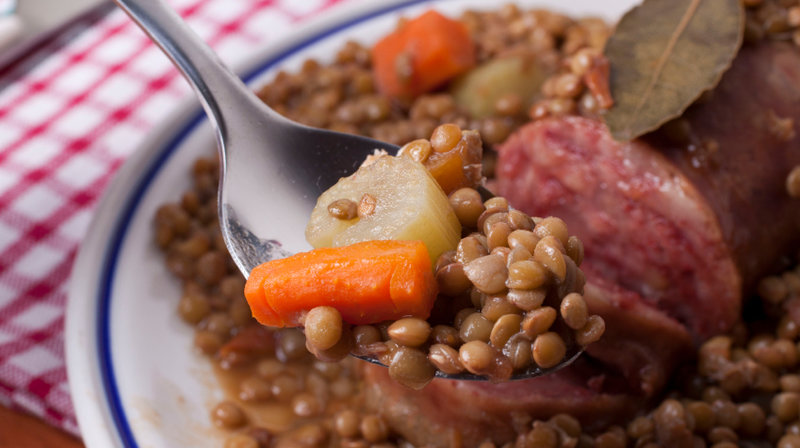Holidays: Fabled Food & Wine in Italy
Holidays: Fabled Food & Wine in Italy

 In Italy, the Christmas season only really kicks off in earnest from December 8th on with the Feast of the Immaculate Conception. Christmas trees go up that day and so the countdown to Christmas begins. Throw in Santa Lucia on the 13th and that holiday spirit begins to heighten. And, if you perk up your ears, you will most certainly hear loads of conversation around this or that special dish. The holiday focus is on food. After all, it’s all about the meal, right?
In Italy, the Christmas season only really kicks off in earnest from December 8th on with the Feast of the Immaculate Conception. Christmas trees go up that day and so the countdown to Christmas begins. Throw in Santa Lucia on the 13th and that holiday spirit begins to heighten. And, if you perk up your ears, you will most certainly hear loads of conversation around this or that special dish. The holiday focus is on food. After all, it’s all about the meal, right?
Traditions Around Food, Wine at Christmas & New Year
La Vigilia, Christmas Eve
According to tradition, the meal for Christmas Eve, La Vigilia, doesn’t have any meat. It’s all fish and vegetables. That’s in keeping with most meals served on the eve before a religious festival in Italy: You’re supposed to have a giorno di magro, eating lean to help purify your body for the holiday. Whether the fish dishes that are actually served qualify as “lean,” of course, is another story! One food you might see on a Christmas Eve in Italy: shellfish.
One traditional Christmas Eve dish is capitone (eel), although it’s becoming less and less popular. These days, more common fish include baccalà, octopus, and shellfish. In Rome, a favorite local dish is the pezzetti, which are fried cubes of ricotta or pieces of artichokes, zucchini, or broccoli; in Naples, a starter is a sauteed mix of broccoli and seafood.
 Roasted baccalà with potatoes
Roasted baccalà with potatoes
Then, of course, come the pasta dishes. In the north, especially Lombardy and Piedmont, lasagne is covered with anchovies, parmesan, and seasonings. In Naples, it’s vermicelli with clams or mussels.
If you think we’re talking about a 3-course meal here, by the way, think again. It’s traditionally way more… but don’t worry, there’s a theological reason behind all of that indulgence! Seven courses might be served for the 7 sacraments, 9 for the Trinity (squared), 12 for the apostles, 13 for the disciples with Jesus, or 21 (yikes!) for the Trinity times the 7 sacraments.
“Lean day,” indeed!
Natale: Christmas Day
Following the “light” Christmas Eve dinner, on Christmas Day, Italians invite their family and friends for a large lunch that usually goes on all day. Many save up to have the most lavish celebration possible, serving up traditional dishes like pasta in brodo (pasta in broth), roasted meats or bollito (boiled meats served with salsas) and traditional desserts like panettone, pandoro (sweet breads), baskets overflowing with citrus fruits, nuts, and more. Every family has a favorite recipe or dessert. In Bologna, you might find homemade (of course what isn’t homemade?) tortellini in brodo (in broth) followed by lasagne. In Campagna, they make a gorgeous lasagna with polenta. The variations from region to region and village to village could take a lifetime to document. But in Central Italy, most folks enjoy tortellini soup, lasagne, a nice roast, endless desserts such as cavallucci, cookies with the image of a horse (from, of course, Siena), dita degli apostoli (“fingers of the apostles”), chocolate- or coffee-flavored ricotta-filled omelettes (a Puglian tradition), and mostaccioli, spiced nut pastries gobbled up by the Romans. All accompanied by local wines for each course.

Saint Steven, December 26th
Santo Stefano, or Saint Stephen’s Day, is the holiday celebrated the day right after Christmas is a time to gather with friends or families to eat leftover Christmas dishes and sweets.
New Year’s Eve Traditions, Foods and Rituals…””Out with the old, in with the new!””
Ringing in the New Year in Italy is quite a hodge-podge of games, rituals, superstitions, and true, die-hard eating marathons. Some of the older folks or young kids are mildly entertained with a game called tombola, similar to bingo. New Year’s dinner parties (Cenone = the big dinner), albeit public or private, can last until sunrise so we need to rest up from Santo Stefano through the 31st when yet another saint is celebrated, Saint Sylvester. The dinner, typically begins around 9:00 or 10:00 pm and lasts well beyond the ringing in of the New Year—celebrated with big kisses around the table and copious amounts of spumante or prosecco, Italian sparkling wine.
Red underwear and lingerie are worn by men and women, respectively; in addition to espousing love and good fortune, the color red also represents fertility–both for men and for women—so wearers beware! Additionally, the tradition dictates that these red intimates be thrown out the following day in order for the ritual to take full effect.
Another antiquated tradition involves tossing old personal items directly out the window. Refrigerators, old couches, you name it. Although this tradition is rarely practiced nowadays, it certainly doesn’t hurt to be wary of open windows on New Year’s Eve as you stroll down the sidewalk–lookout!
And finally, an outdated, brazen ritual involves smashing plates, glasses, vases, and other pottery against the ground to drive away any bad omens tainting the coming year and to eradicate any negative auras that have accumulated, thereby beginning the new year fresh and optimistic. This one got a little out of hand, people got hurt and well…that’s why it’s not practiced much any more.
A Naples tradition called Lo Sciuscio is still practiced in tiny villages near the city. Groups of amateur musicians (now mainly children) go from house to house playing and singing on New Year’s Eve. Giving them a small gift of money or sweets is said to bring good luck in the new year, while turning them away may bring bad luck.
In many towns and cities throughout Italy there are concerts and fireworks happening in main piazza. Different cities do different things. For example, in Bologna, at midnight an effigy of an old man, symbolizing the old year, is thrown into a bonfire.
San Silvestro, New Year’s Day Luck
Most importantly, food items on the table for this special day include anything else that symbolizes good luck. The annual rite of consuming good luck food for New Year’s Day is observed all over the country. Exactly what you consume depends largely on where your ancestors came from and what was available there during the winter. Lentils are eaten as a symbol of good luck and prosperity because they resemble tiny coins. Tuscans eat lentils with “”cotechino,”” a large pork sausage. People in Bologna and Modena eat lentils with “”zampone,”” the same sausage mixture stuffed into the skin of a pig’s foot. In the Piedmont, little grains of rice symbolize money, so New Year’s Day menus feature risotto and for added luck, a plate of beef or chicken would be served with spinach and lentils. If you would like to add a “”good luck”” dish to your New Year’s Day menu, we are providing you with several options. The tradition of eating grapes at the end of the meal ensures you will be frugal with your new-found wealth, because it was thought—get this—that only someone with excellent willpower could save the grapes from the harvest time until the New Year meal.

January 6: La Befana – The Epiphany Witch
The official end of the Christmas season, though, isn’t until January 6—the Day of the Epiphany, and the twelfth day of Christmas. But, have no fear, with the celebration of Epiphany we begin the Carnival season. The party never stops.
On the eve of the Epiphany, families usually prepare a large dinner to mark the end of the holiday season; children are given candy or coal (left in stockings by the good witch–la befana–and the coal is made of black sugar), depending on who has been naughty or nice!

Happy Holidays!
Ready to experience Italy first-hand? Book your 2019 tour now! And if you’re inspired by the food, see our top tours for foodies!
Give the gift of an active travel adventure by purchasing a Ciclismo Classico gift card!
